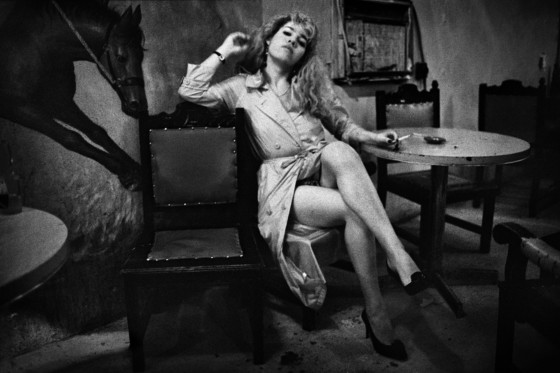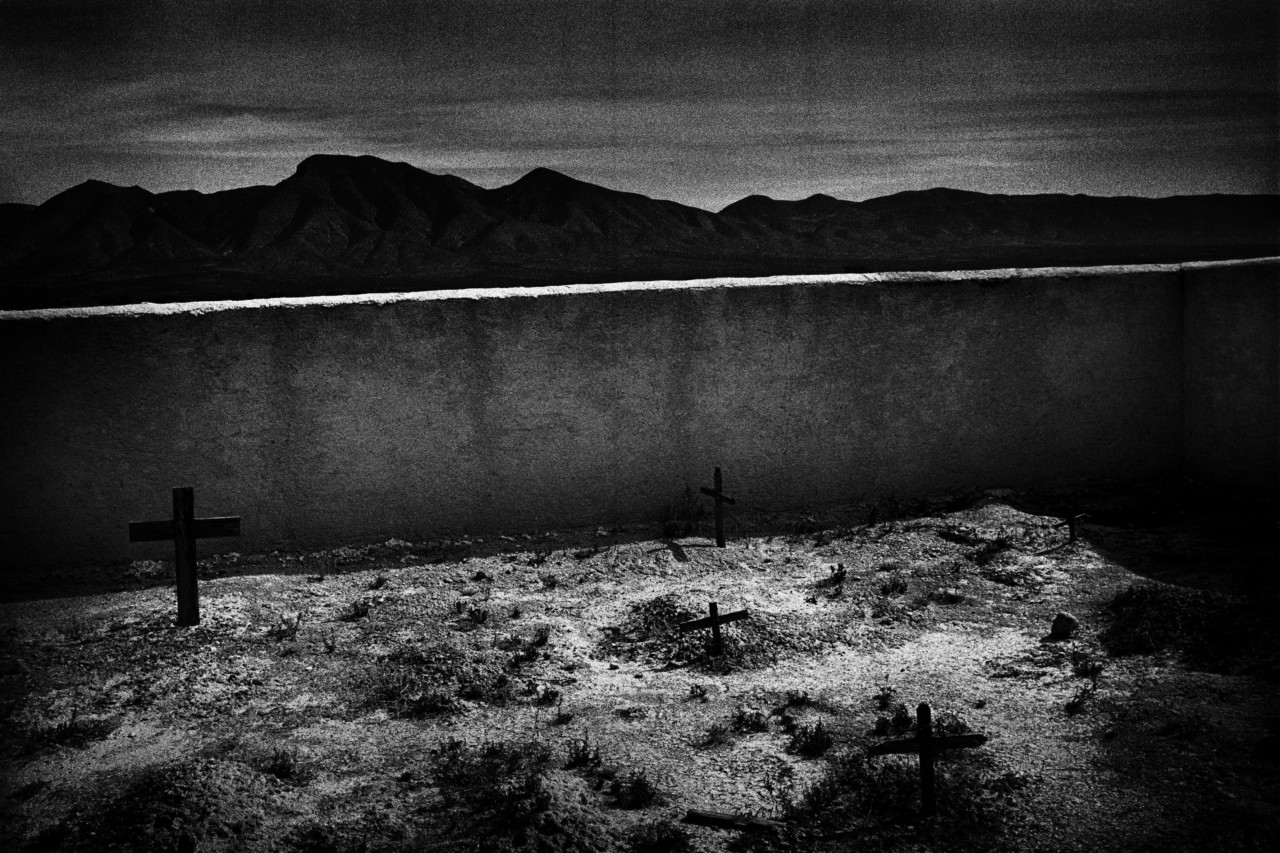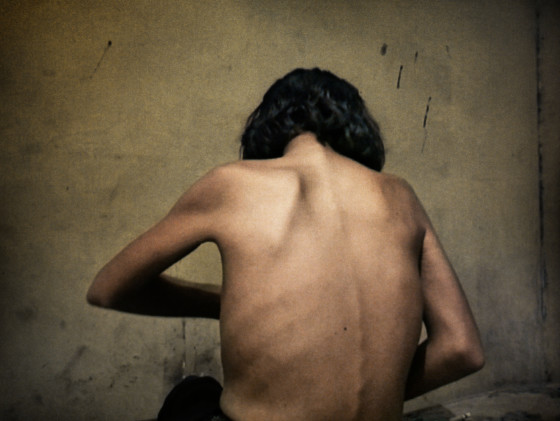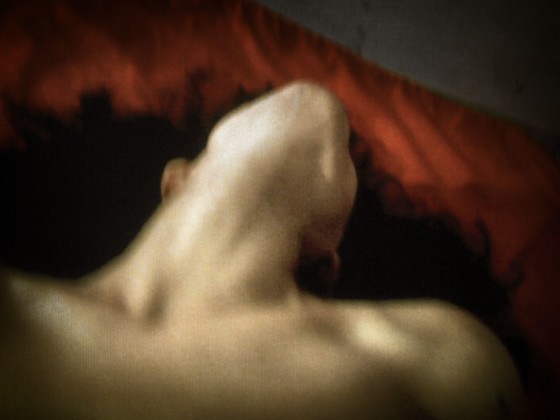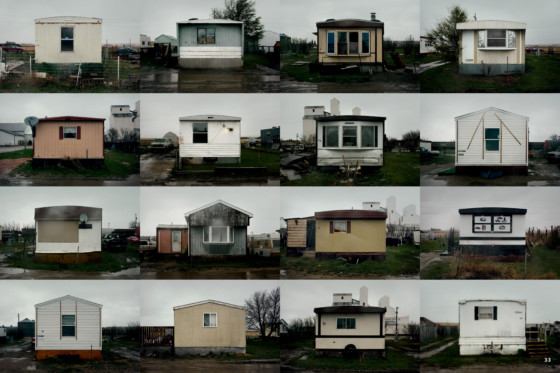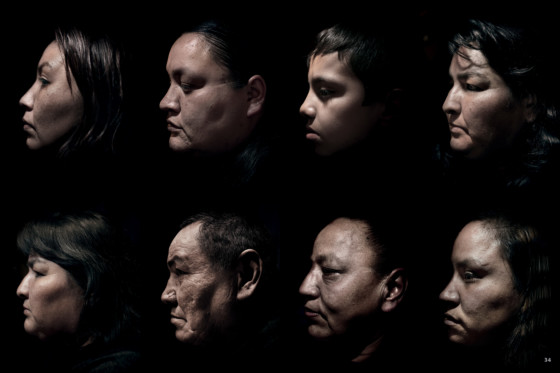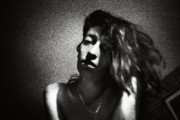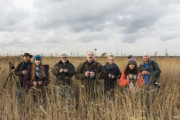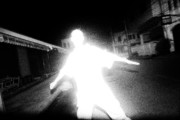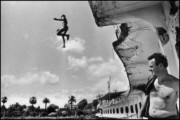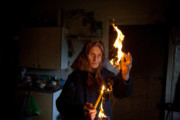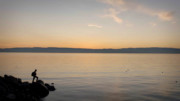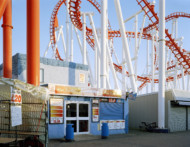Lessons from the Magnum and BJP Professional Practice Workshop on Personal Projects
From utilizing good design, to having a second job and navigating the complexities of applying for grants, the four expert speakers explored often overlooked issues surrounding the supporting and funding of long-term personal projects
The fourth instalment of Magnum Photos’ Professional Practice series will be the NGOs, Social Practice and Advocacy workshop. It will be held on November 24 and 25, Magnum’s London Print Room. The workshop will examine how to use photography for social change, exploring critical theory around representation and community engagement, as well as varied participatory and collaborative practices. The workshop will feature expert advice from Sim Chi Yin (Magnum Nominee), Alexia Singh (Podcast Writer, Producer, Save the Children), Anthony Luvera (Artist, Writer, Educator), and Richard Burton, (Photographic Officer, Amnesty International).More information on the workshop is available here.
Ahead of that fourth instalment of the series, we revisit the key lessons from the previous Personal Stories event, held in July 2018. The workshop delved into the development and financing of personal projects, withMagnum photographer Antoine D’Agata, Nicola Shipley (Director, Grain Projects), Fiona Rogers (Global Director Business Development, Magnum Photos, Founder, Firecracker), and Harry Hardie (Founder, Herepress, Lecturer, London College of Communication and Westminster University)sharing their viewson the subject.
Starting and sustaining a photographic career can be a daunting prospect, especially as an individual without the support of an institution or agency. Making the process more accessible and transparent was the aim of this Professional Practice Workshop.
“Design is photography’s best friend”
The event’s opening session was led by Harry Hardie (Lecturer at the London College of Communication, Senior Lecturer at the University of Westminster, and Co-founder of Here Press), who focused on the ways that artists get their ideas. Hardie noted the importance of openness, encouraging attendees to pay attention to newspapers and the radio, keeping a particularly keen ear for local news. Drawing on the work of Natasha Caruana, Edmund Clark and Ben Roberts, amongst others, he described how each of them, when asked, mentioned the same thing: “all the photographers I spoke to mentioned crappy newspapers. I get all my ideas from reading the Metroand the Evening Standard.” Personal investment in a subject is also essential; Hardie re-interpreted Capa’s famous adage, “If your pictures aren’t good enough, you’re not getting close enough”, to suggest that good pictures require emotional closeness, first and foremost. He quoted Edmund Clark’s belief that an idea, “has to grasp my imagination, my intelligence, and above all my guts.”
Hardie drew on his experience in publishing to give advice about how to approach producing photobooks. He emphasized four key aspects — concept, content, design, and dissemination — which together constitute a successful project. The idea itself is essential, as is approaching a subject from a new or unexpected viewpoint; and the way the project sits in book form can be make-or-break. “Design is photography’s best friend. It’s as important as the photograph. If photography is the language, design is the accent. Poor design can kill a great project,” Hardie explained.
“Photography can help you to describe, analyze, and criticize the world you live in”
Antoine d’Agata, having shown a short film presenting hundreds of his photographs in quick succession, preferred to open the floor to questions, initiating a free-form, “in conversation” session. The emerging theme was intensity: D’Agata argued that the pursuit of intensity, of purity, is photography’s purpose, and that his work allows him to push himself and his subjects existentially further than he would be capable of doing otherwise. “Photography allows you to live in a more intense way, it is your responsibility to analyse and criticise the world you live in but photography requires, above all, to define a proper position in this world.” Echoing Hardie’s encouragement of personal investment, d’Agata urged attendees to focus on passion and emotional involvement in their subject, explaining: “Life is more important than photography!”
“There’s strength in numbers and strength in the art of collaboration”
The day continued with a talk on building audiences, presented by Fiona Rogers, Magnum’s Global Director of Business Development and the founder of Firecracker, a platform for female photographers. Her advice was practical and optimistic: be creative, be determined, be unique. She noted the value in being a “thought leader”, someone who has an authority or area of expertise, like Daniella Zalcman, photographer and founder of Women Photograph; such authority can also serve to draw more eyes to one’s work. Rogers also encouraged generosity and, like Hardie, openness: “there’s a tendency for photographers to feel threatened by other photographers and not so willing to share ideas, but I think there’s strength in numbers and strength in the art of collaboration. There’s a value in exploring other people’s mediums, and accessing non-photographic funding, or tapping into other people’s skill-sets.”
She also drew attention to an often under-discussed necessity: having a second job. Photography is commonly poorly funded or highly competitive, and so finding additional income and enterprising ways of supporting one’s work is essential. “We exist in our documentary bubble, so people can be snobbish about wedding photography, or product photography, or still life photography, but I’m encouraged by an entrepreneurial spirit when it comes to funding the work you care about. Magnum’s founding father, Capa, was entrepreneurial; I think he would have supported a range of funding techniques – waitressing to wedding photography – it’s all good”
“If you get a knockback, pick yourself up, review and try again”
In a similarly pragmatic vein, the day of lectures was rounded off by a talk on financing photographic work from Nicola Shipley, Curator and Director of GRAIN Projects. “I can’t overemphasize how much research is needed to develop and fund personal projects,” Shipley said. Focusing on Arts Council grants as a model for approaching funding opportunities with patience and organization, she described, at length, the hoops to be jumped through when attempting to secure funding. Being meticulous, not rushing an application, and waiting until you feel truly ready to apply is key as competition is fierce. Of the application process, Shipley said: “it might seem quite onerous, but I do believe it’s a language and process that can be learned. If you get a knockback, pick yourself up, review and try again.”




